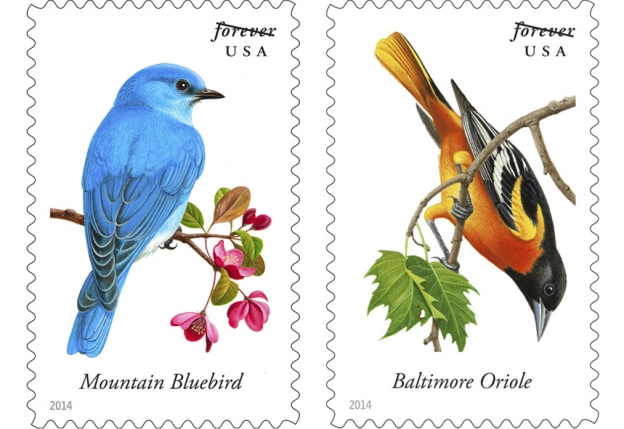The very same pesticides accused of causing massive declines in honeybee populations are just as culpable in the loss of songbirds, finds a new report published by the American Bird Conservancy. The pesticides in question, neonicotinoids, are based on nicotine, a natural insecticide, which causes paralysis and, eventually, death in both insects and non-target animals, such as honeybees and songbirds. Introduced in the early 1990s, neonicotinoids are now the most widely used insecticides in the world. And that popularity carries a heavy burden, the report found. After analyzing more than 200 studies conducted by both independent and industry-funded scientists, the authors called for the Environmental Protection Agency (EPA) to ban these pesticides' use until a more thorough investigation into their safety is conducted. "A single corn kernel coated with a neonicotinoid can kill a songbird," said Cynthia Palmer, coauthor of the report and pesticides-program manager for the conservancy, in a statement accompanying the report. "Even a tiny grain of wheat or canola treated with the oldest neonicotinoid—called imidacloprid—can fatally poison a bird. And as little as 1/10th of a neonicotinoid-coated corn seed per day during egg-laying season is all that is needed to affect reproduction."
A 2013 study by prominent wildlife toxicologist, Dr. Pierre Mineau (presented at a Congressional Briefing) identified pesticides as the most likely leading cause of the widespread decline in grassland bird numbers challenging the widely held assumption that loss of habitat is the primary cause of population declines. His study further suggests that we need to rein in the use of lethal pesticides...and that we need to be especially careful about any new pesticide we introduce into these ecosystems such as the neonicotinoid insecticides. Why? “...Neonicotinoids are lethal to birds as well as to the aquatic ecosystems on which they depend”. Neonicotinoids have the potential to adversely affect other natural resources, as described by Dr. Mineau, as follows. “The environmental persistence of the neonicotinoids, their propensity for runoff and for groundwater infiltration, and their cumulative and largely irreversible mode of action in invertebrates raise environmental concerns.” (Mineau and Palmer, p.3, “The Impact of the Nations’Most Widely Used Insecticides on Birds: Neonicotinoid Insecticides and Birds” ABC, March 2013). The group is accusing the EPA and other regulatory agencies around the world of woefully underestimating the damage these pesticides are doing to birds and non-target insects. The problem, the report found, is that the agencies are using birds like mallard ducks, which are more resistant to the pesticides, to determine neonicotinoids' toxicity, and in doing so, the agencies are exposing more vulnerable species to the pesticides as they continue to grant approvals for new uses for them.
Sources: Rodale News & Rachel Carson Council (attached)
http://www.rodalenews.com/pesticides-and-songbirds

- Log in to post comments
